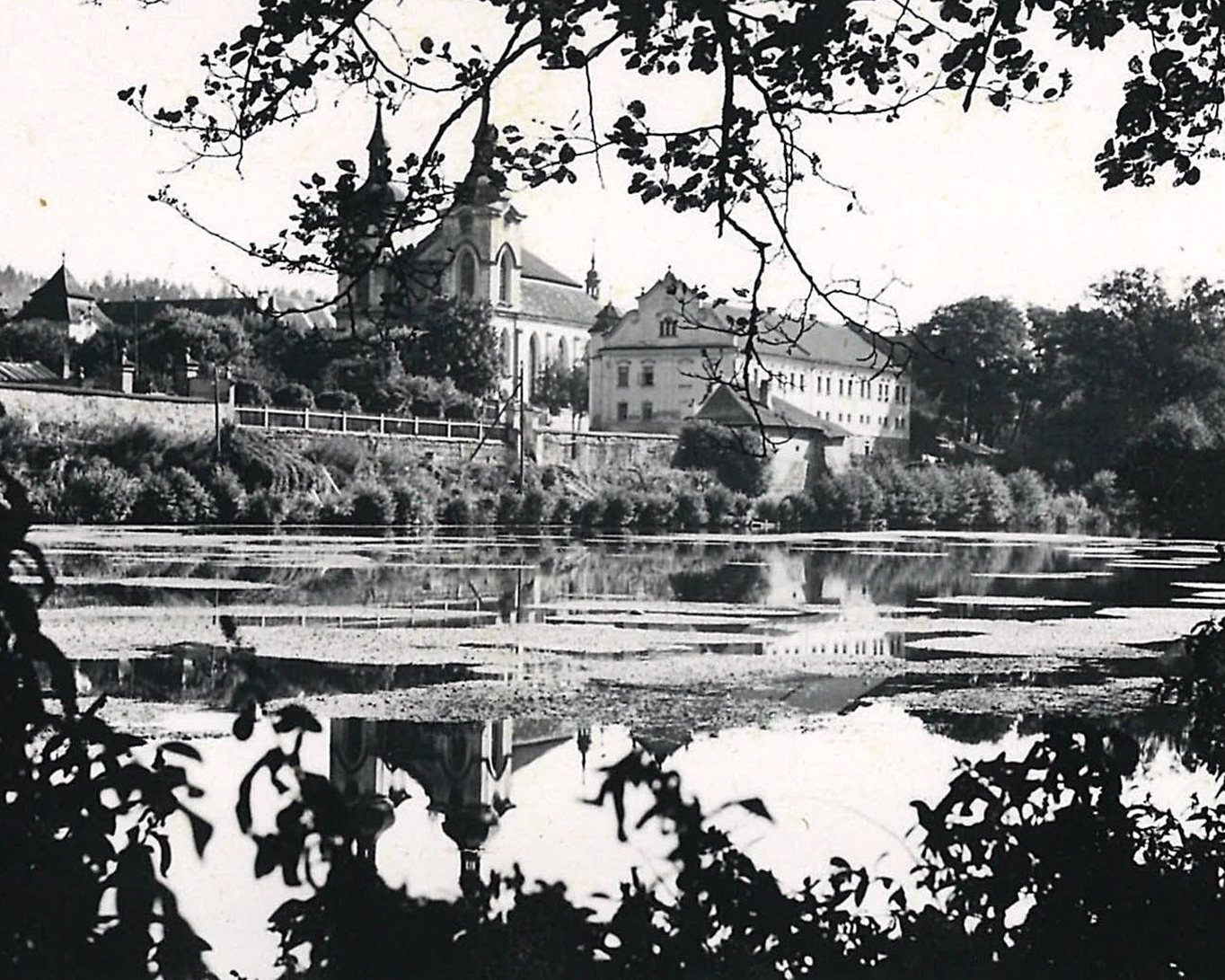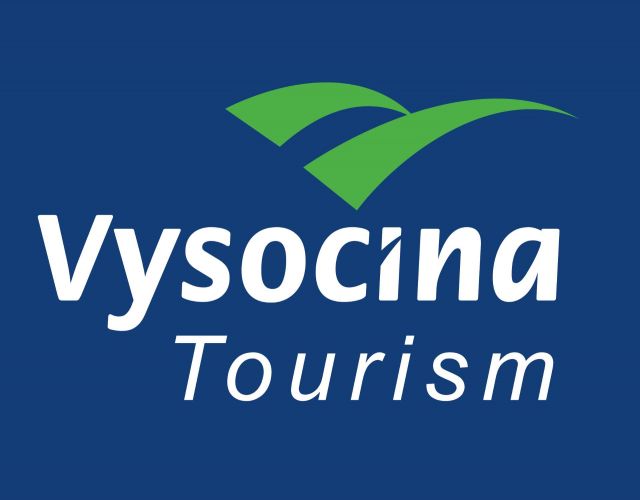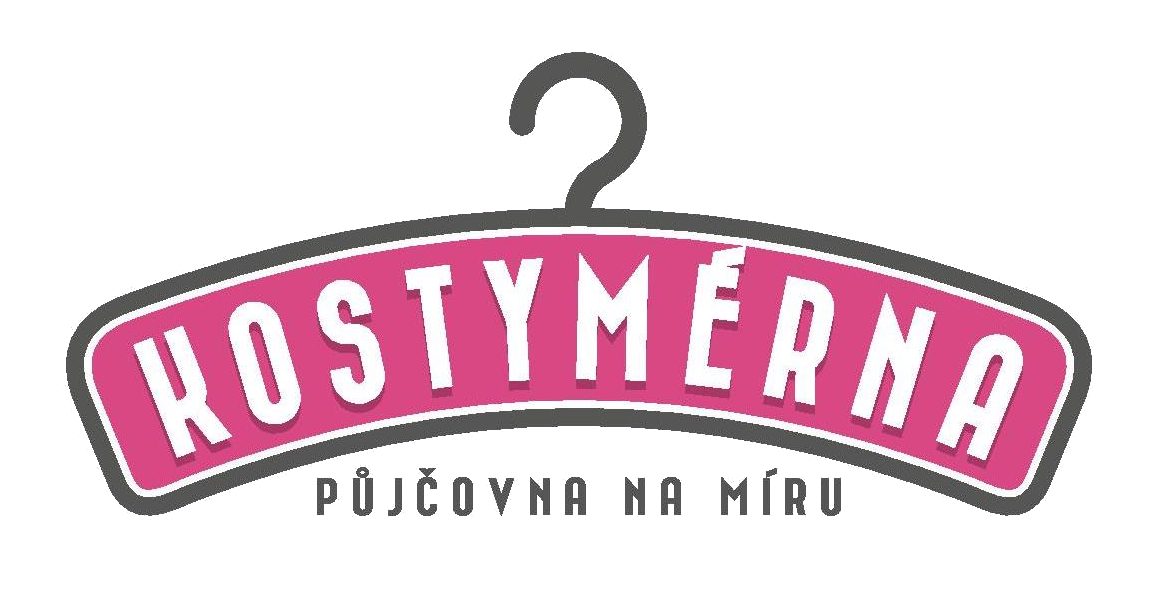Premonstratensian canonry
History of the Želiv Monastery
In 1139, Prince Soběslav I of the Přemyslid dynasty and his wife Adléta invited Benedictine monks from the Sázava Monastery to the confluence of the Želivka and Trnava rivers. This was done in cooperation with Bishop Jindřich Zdík of Olomouc and Archbishop Daniel of Prague. However, the Benedictines did not remain there for long. Bishop Zdík, who had twice made pilgrimages to the Holy Land, encountered the Premonstratensians during his second journey. Their more modern way of life — including active parish ministry — inspired him to invite them to the Czech lands.
He first established a men’s monastery at Strahov (1143) and a women’s monastery in Doksany (1143/1144). Soon after, he summoned Premonstratensian monks to Želiv. They came from the monastery in Steinfeld, located near today’s German-Dutch border, led by Brother Gottschalk.
The first Premonstratensians in Želiv were surprised and uncertain when they learned that the monastery was still occupied by Benedictines. Nevertheless, they were not discouraged and made their way through Strahov to the confluence of the Želivka and Trnava rivers. The Benedictines returned to Sázava, and the Premonstratensians immediately began successful evangelization in the region.
The first chronicler of the Želiv Monastery, Blessed Jarloch, became abbot in Milevsko shortly after Gottschalk’s death. The monastery in Milevsko had been founded by the Želiv Premonstratensians. They also went on to establish a monastery in Geras (Austria), as well as three sister houses in Louňovice pod Blaníkem, Kounice, and Pernegg (Austria).

Želiv Monastery Through the Centuries
The monastery experienced many turbulent periods. It is almost a miracle that, after several fires during the Hussite wars, looting by Hussite troops, and the confiscation of its property by King George of Poděbrady, it managed to revive its spiritual life two centuries later. This renewal was significantly aided by the abbot of Strahov, Questenberk, who in the first half of the 17th century bought back the confiscated property from the Trčka of Lípa family.
The Premonstratensians remained resilient in the face of Emperor Joseph II’s reforms and managed to preserve their presence even through the difficult history of the 20th century.
During World War II, the monastery was forcibly taken over by the Nazis. Some of the monks were deported to concentration camps, while part of the monastery was used by the Luftwaffe or to shelter Nazi officials’ children. After the war, during the Communist "Action K" (Action Monasteries), the Želiv Monastery was transformed into an internment camp for priests and religious men. Along with the Slovak monastery in Podolínec, Želiv became one of the most severe prisons for prominent clergy — among them Cardinal Tomášek and Archbishop Otčenášek.
From 1956 until 1991, the monastery served as a psychiatric hospital.
It would be hard to find another Catholic monastery in the world that has, over time, served as the residence of a Protestant noble family, a prison for priests, and a hospital. And yet, despite all of this, by God's grace, the Premonstratensians have returned to the "valley of happiness" of Želiv, where they are once again rebuilding their community and striving to live according to the vision of their founder.









